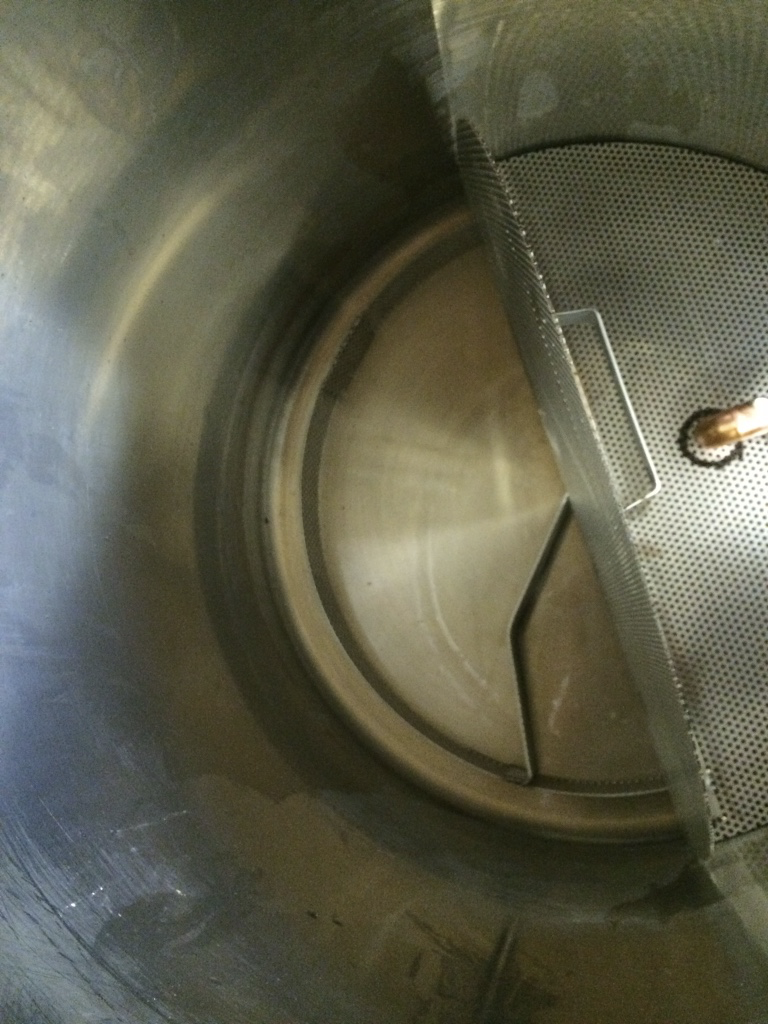Nope, you're wrong. It's best for you. Others might find a 3vessel, all-in-one system, or even extract brew is the best for them.
And there is no standard or correct method of brewing let alone standard AG method.
You are right.
If someone wants to buy a much more expensive 3vessel system or use a more expensive extract instead of grain, BIAB is not the best system for it.
Given the initial price of the equipment and the ingredients I think that BIAB is the best.



























![Craft A Brew - Safale BE-256 Yeast - Fermentis - Belgian Ale Dry Yeast - For Belgian & Strong Ales - Ingredients for Home Brewing - Beer Making Supplies - [3 Pack]](https://m.media-amazon.com/images/I/51bcKEwQmWL._SL500_.jpg)













